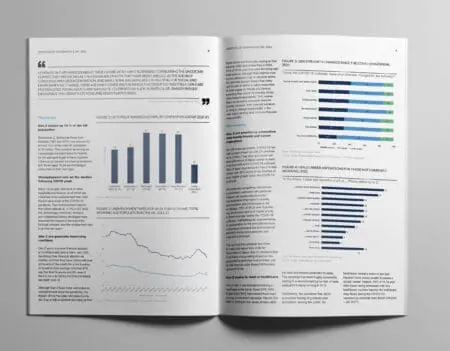Under the environment of prudent consumption, what kind of coffee products are Chinese consumers willing to pay for? How should coffee brands tell consumers about the value of their products? Bernie Gao, Mintel China food and drink analyst, visited the 8th Lujiazui Financial City International Coffee Culture Festival, which was held in Shanghai recently and attracted a large number of coffee practitioners and coffee lovers.
Sell more than coffee
Mintel report “On-Premise Coffee Consumption – China – 2022” reveals that some coffee shops have launched products such as tea-coffee and fruit-coffee, and this trend has also continued this year. According to this year’s consumer data, “chocolate” and “tea” are the first and second most popular coffee bean flavors. New coffee product ideas can start with the flavor of the coffee bean itself, and further enhance the flavor characteristics by combining it with related ingredients.
For example, Heylo coffee offered Coffee-tea products on site – poured from an altar, emphasizing the use of tea broth in this fusion drink.
‘Coffee origin’ is now a communication priority
According to Mintel’s data, 24% of Chinese consumers consider “coffee origin” to be an important factor when purchasing freshly brewed coffee, and the proportion of consumers choosing “single-origin coffee beans” as an important factor has increased compared to the previous year, illustrating the evolving demand for coffee. As Yunnan is a major coffee producing region in China, both domestic and international coffee brands are increasingly using beans from this region in the Chinese market, making the coffee they produce more accessible and relevant to consumers.

For coffee enthusiasts, Nescafé takes accessibility and relevance to a more granular level – down to specific coffee estates. This highlights their research and investment in raw materials, which reflects the value of the product. Telling a story behind the product will be an effective way to help consumers differentiate it from low-priced products.
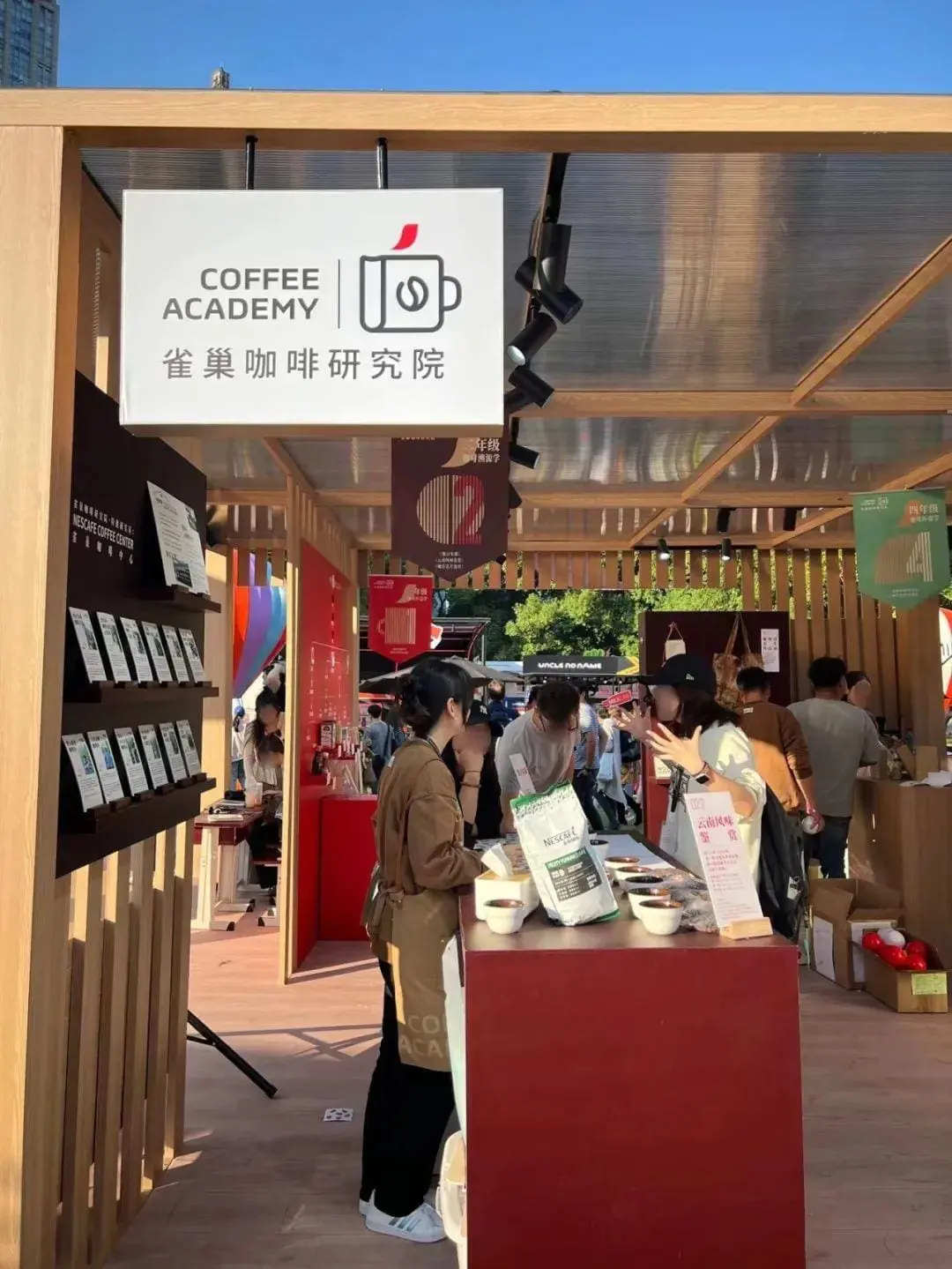
In addition, coffee brands can also bundle their marketing with local specialty agricultural products to enhance regional characteristics. For example, Menglian County is a well-known coffee producer and also a well-known producer of avocado, which has a mellow taste that is in line with current Chinese consumer preferences.
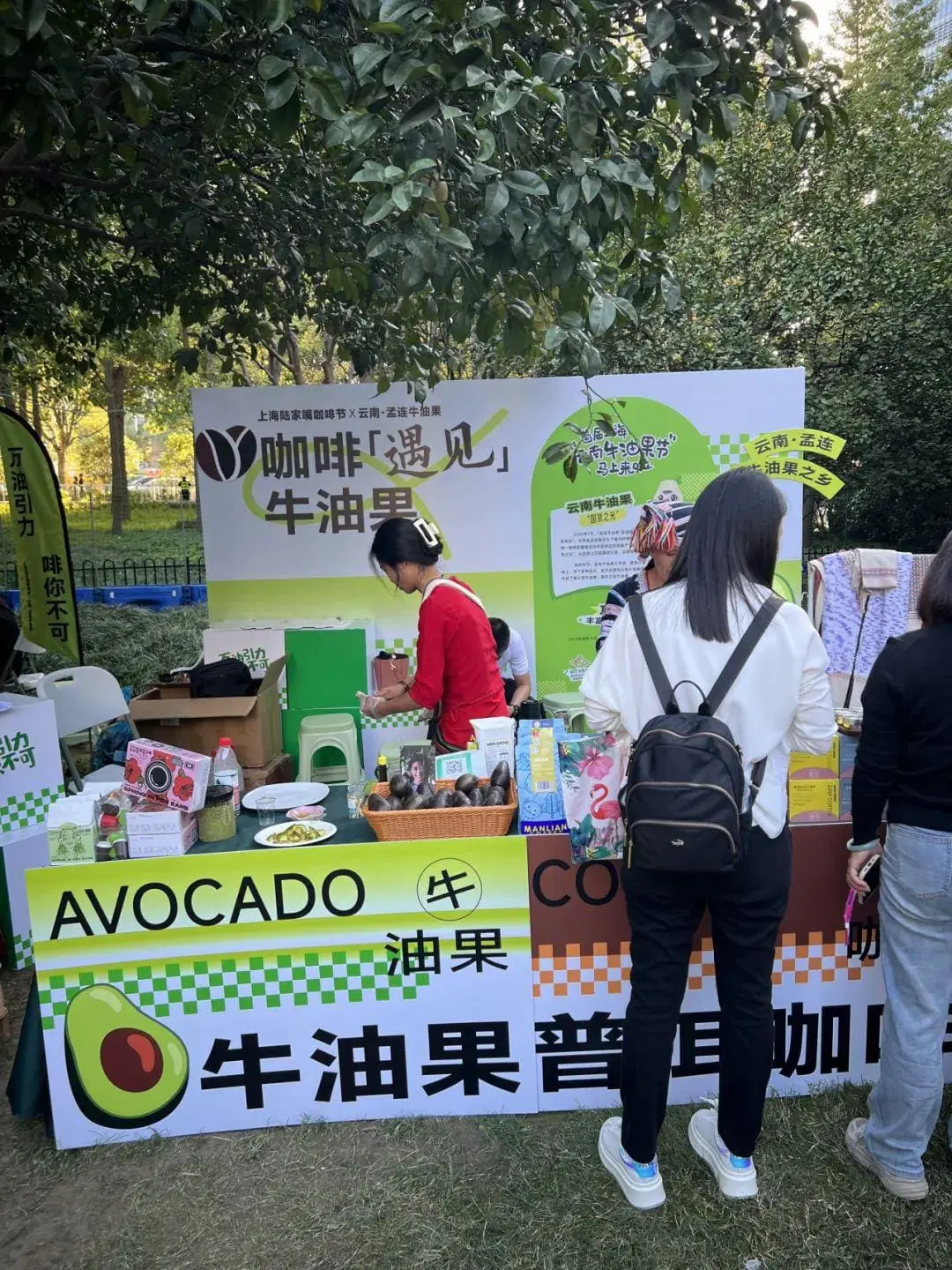
To-B suppliers explore the to-C business
According to tracking data from Mintel consumer research, in addition to purchasing freshly brewed coffee, the frequency of consumers consuming packaged coffee is also on the rise. As a result, ingredient suppliers are looking for to-C business, and coffee festivals are the best occasions to connect with coffee lovers directly.
Meanwhile, Mintels’ consumer data shows that 54% of respondents prefer a thicker base milk, while nearly 40% prefer a lighter texture, demonstrating the importance for brands to offer a wider range of textures. The coffee festival also attracted other dairy and fruit complex ingredient brands to showcase their products, allowing consumers to mix and match ingredients they need to make coffee at home.
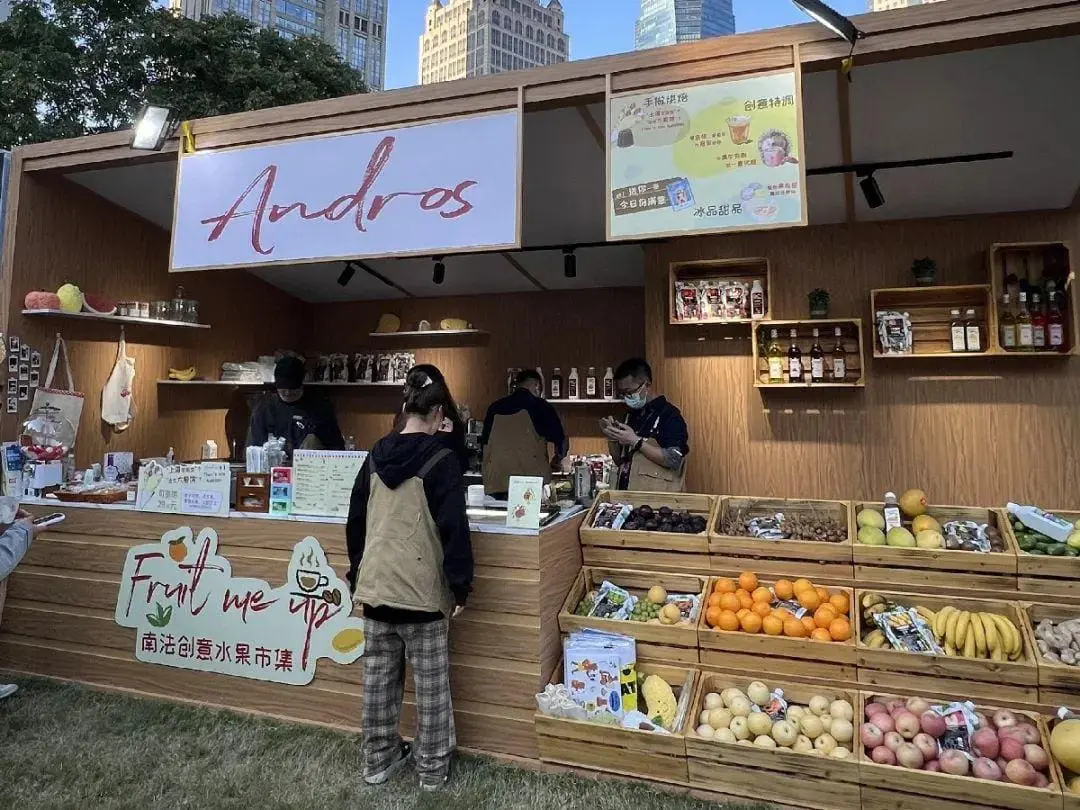
Coffee has stepped into Chinese consumers’ lifestyles
According to Mintel data, Chinese coffee drinkers are also passionate and interested in recreational activities. For example, 28% and 26% of coffee drinkers have also participated in sensory experiences (e.g., flavoring workshops, etc.) and craft activities (e.g., flower arranging) in the past six months. It is therefore not surprising that lifestyle brands are also present at the festival, demonstrating the importance of integrating life and creating community for the sustainability of coffee brands.
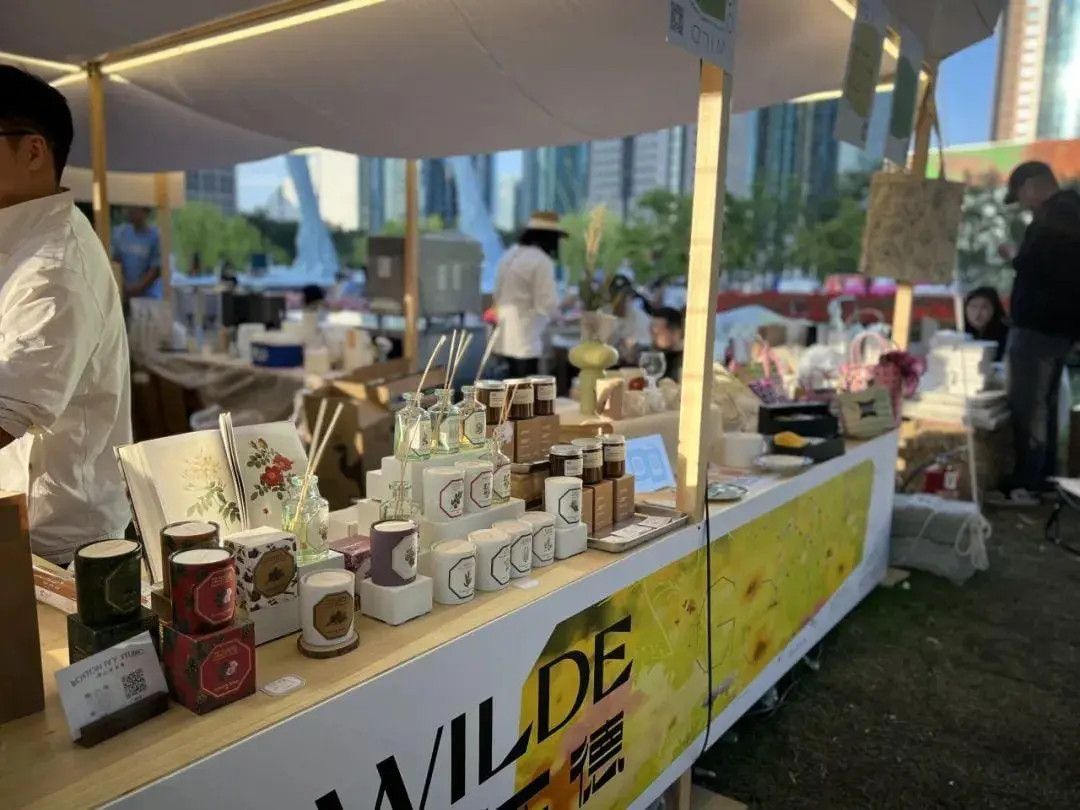
Meanwhile, 67% of coffee drinkers have also participated in a physical activity (cycling, night running or Frisbee) in the last 6 months. Xuperman, founded by former table tennis Olympic champion Xu Xin, also attracted a large number of sporty coffee drinkers.

What we think
While milky coffee is still preferred by most Chinese coffee consumers, with growing interest in customized coffee, brands can offer differentiated coffee tastes as well as decaffeinated options. With dairy-based liquid pre-made products, trained baristas, and refined operational strategies for specific storefront types, the operational efficiency of takeaway ready-made coffee shops can be further optimized going forward.

